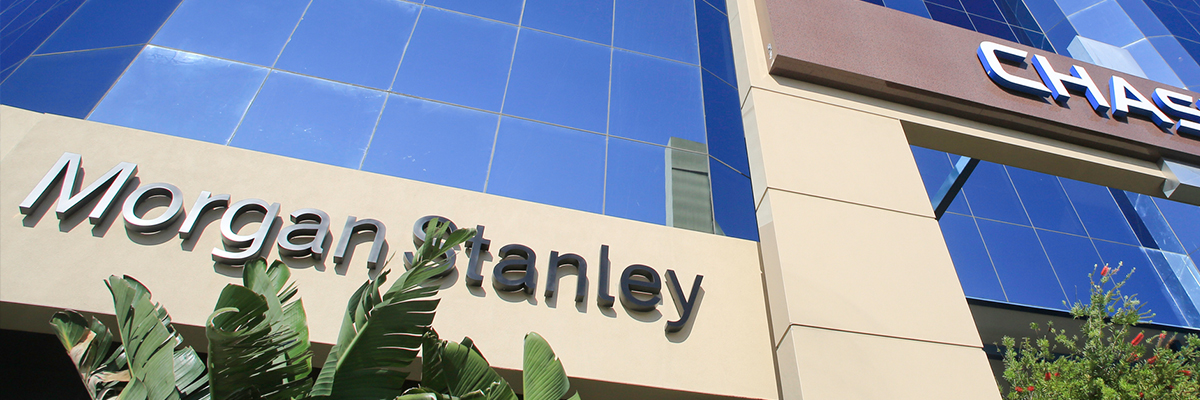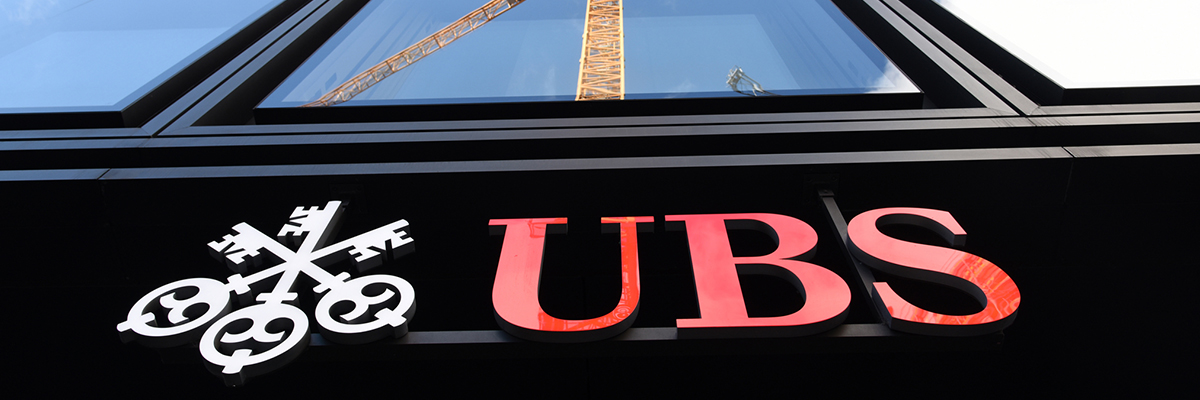Two firms have made the biggest impact in recruiting private bankers away from J. P. Morgan, Goldman Sachs, Bank of America, and Citi. Both UBS and Morgan Stanley have decided that recruiting a different subset of teams from firms that could be called ‘non-traditional’ is worth every dime they can spare.
So what is the difference between what UBS and Morgan Stanley are offering these teams? **a quick reminder that UBS has been significantly more successful in their pursuit of private bankers by nearly 4x versus Morgan Stanley.UBS and Morgan Stanley are near equals when it comes to product, platform, and comp grid payout. The difference lies in the valuation of the business and client relationships that private bankers have built over a number of years.
Here is the money line: UBS is offering a deal based on the gross annual revenue (think ‘scorecard’ or ‘gross credits’) of a private banker or team, and Morgan Stanley is making their offer based on the net revenue (W-2).
Let’s break it down a bit. Currently, UBS will look at a gross credits annualized report for a Goldman Sachs team and put together a 250% deal on the top-line numbers. If that number is $10M, then the deal turns into a $25M deal in an instant.
Morgan Stanley (focused on the net number) will ask that same team for their W-2’s and construct a deal based on the lowest common denominator associated with the ‘trickle down’ revenue model for a Goldman Sachs team. A $10M team at Goldman will have W-2’s that will show +\- $1M. A 250% deal based on ‘net’ numbers ends up making out at $5M.UBS = $25MMorgan Stanley = $5MThe dramatic difference in those numbers makes it crystal clear why UBS is winning private banking competitive recruitment 4-1. Evaluating competing deals that are separated by 5x generally makes the decision simple.
As of today, UBS is the clear choice for private banking teams.



